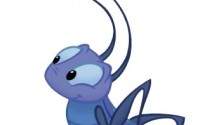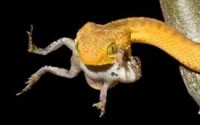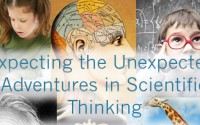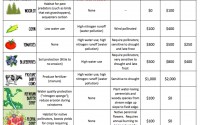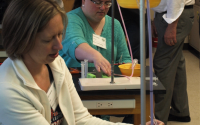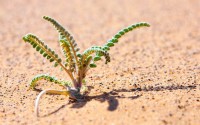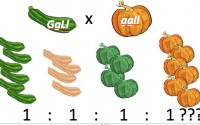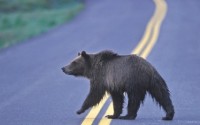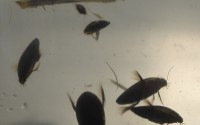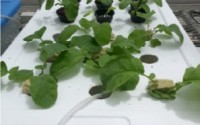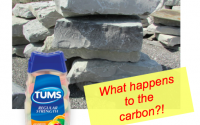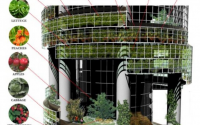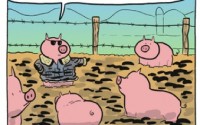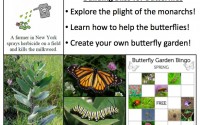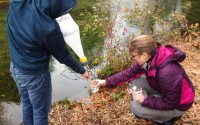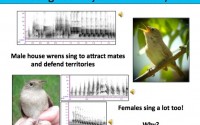Inquiry based activities are one of the best ways to teach science to students. Students build a comprehension of the scientific method through exposure to the process of conducting research. Having students take an active role in collecting data and gathering evidence keeps them engaged while reinforcing the critical notion that claims be supported by evidence. This lesson plan provides teachers with a fun but relatively simple template for creating student research projects using antipredator behavior in crickets. Students will examine hiding behavior in crickets and determine how/whether certain variables of interest (e.g. sex, food availability, light level, etc.) influence hiding. At the conclusion of the lesson, students will be able to: Understand the components of the scientific method Design experiments to test specific hypotheses Interpret data Use evidence to support claims Understand how predators can influence prey behavior Understand […]
 Evolutionary trees are incredibly useful tools for evolutionary biologists. However, students often struggle with interpreting even simple evolutionary trees. The AP biology exam frequently asks students to interpret evolutionary trees or even build their own cladogram (simple evolutionary tree). This lesson is designed to prepare students for this exercise. At the beginning of this lesson students receive an introduction to the concepts of common ancestry, parsimony, and how evolutionary trees can be used to address evolutionary hypotheses. Students then use a simplified data set from a real scientific paper on the evolution of color in orioles to build their own evolutionary tree. At the end of the lesson students discover that the simplest tree based on color changes is slightly different than the published tree based on genetic sequences. This emphasizes the point that evolutionary trees are hypotheses and that more data can change the picture. Students get hands on experience using evolutionary trees to the answer the question: how did the female get her colors?
Evolutionary trees are incredibly useful tools for evolutionary biologists. However, students often struggle with interpreting even simple evolutionary trees. The AP biology exam frequently asks students to interpret evolutionary trees or even build their own cladogram (simple evolutionary tree). This lesson is designed to prepare students for this exercise. At the beginning of this lesson students receive an introduction to the concepts of common ancestry, parsimony, and how evolutionary trees can be used to address evolutionary hypotheses. Students then use a simplified data set from a real scientific paper on the evolution of color in orioles to build their own evolutionary tree. At the end of the lesson students discover that the simplest tree based on color changes is slightly different than the published tree based on genetic sequences. This emphasizes the point that evolutionary trees are hypotheses and that more data can change the picture. Students get hands on experience using evolutionary trees to the answer the question: how did the female get her colors?
At the conclusion of this lesson, students will be able to:
- Explain the concept of common ancestry and identify the common ancestor of any two species using an evolutionary tree
- Use an evolutionary tree to predict when a given trait first appeared
- Use an evolutionary tree to make associations between physical traits and ecological variables
- Explain the concept of parsimony
- Use a data table with physical characteristics to build the most parsimonious tree
- Explain why trees built with physical characteristics might differ from trees built with gene sequences
- Generate a hypothesis on the evolution of a particular characteristic supported by data from an evolutionary tree
Resources:
- Lesson plan
- Powerpoint
- Species cards
- Blank tree
- Building Trees worksheet: Part 1
- Building Tree worksheet: Part 2 & 3
- Building Tree worksheet: teacher guide
Lesson plan created by GK-12 Fellow Cara Krieg, 2014

